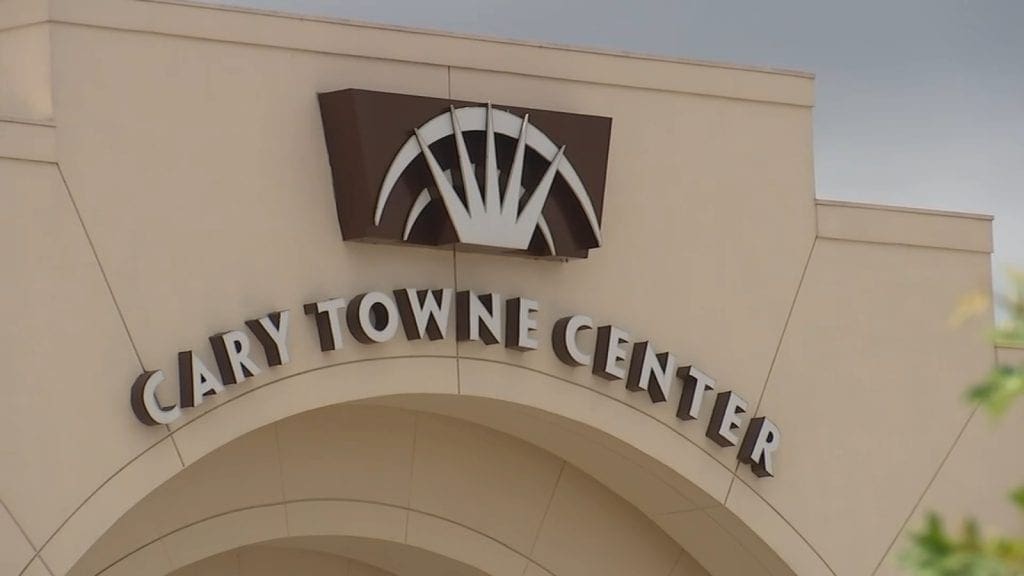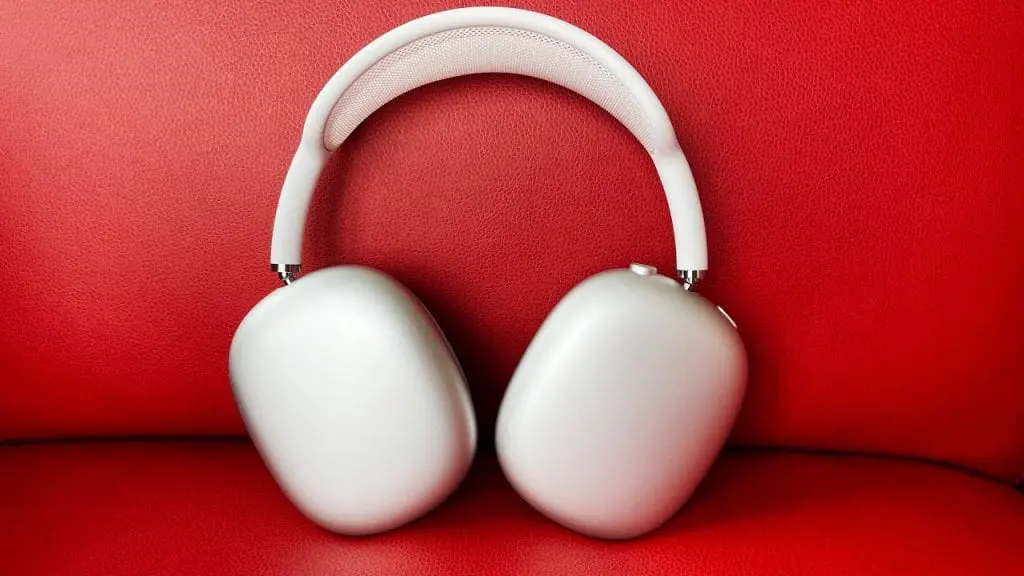The iPhone 16e marks a significant departure from the third-generation iPhone SE it replaces, featuring a contemporary design, OLED display, Face ID, the latest A18 chip, Apple Intelligence, a 48MP camera, a 26-hour battery life, USB-C, C1 modem, and more.
However, there is one major distinction that I believe positions this latest entry-level iPhone as a pivotal experiment for Apple…
The pricing.
While the iPhone SE 3 had a starting price of $429, the iPhone 16e begins at $599.
Sure, you’re receiving a significantly upgraded device for your investment, and it can be argued that the new model offers greater value. Yet, what stands out is that Apple did not simply add the iPhone 16e to its offerings; they completely replaced the budget model.
There is no iPhone SE 4 per se, and the third-generation model has vanished from the company’s website. Currently, if you’re looking to purchase a brand new iPhone directly from Apple, the starting price has risen to $599.
When juxtaposed with many affordable mid-range Android smartphones, $600 is quite a considerable amount, and Apple is betting that a sufficient number of individuals who once opted for the iPhone SE will be willing to spend an additional $170 to acquire the iPhone 16e.
It seems rather apparent that some users who were prepared to spend $429 may not be willing to pay $599. The pivotal question remains: will there be enough buyers making the switch to ensure that the figures favor Apple?
The underlying calculation here is ($429 multiplied by numerous sales) against ($599 multiplied by fewer sales).
Some might argue that Apple is confident the second figure will outweigh the first – or at least, the profits from the second number. However, I don’t believe that’s the situation: I doubt Apple has certainty. In my opinion, this serves as an A/B test for the company, and the outcome will steer its future strategy for entry-level devices.
If Apple finds greater profit from selling the pricier phone to fewer customers, the $400 range may be gone for good; otherwise, a form of iPhone SE may resurface.
Image: Apple



